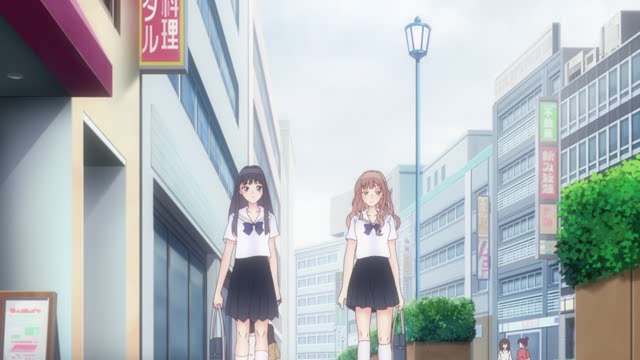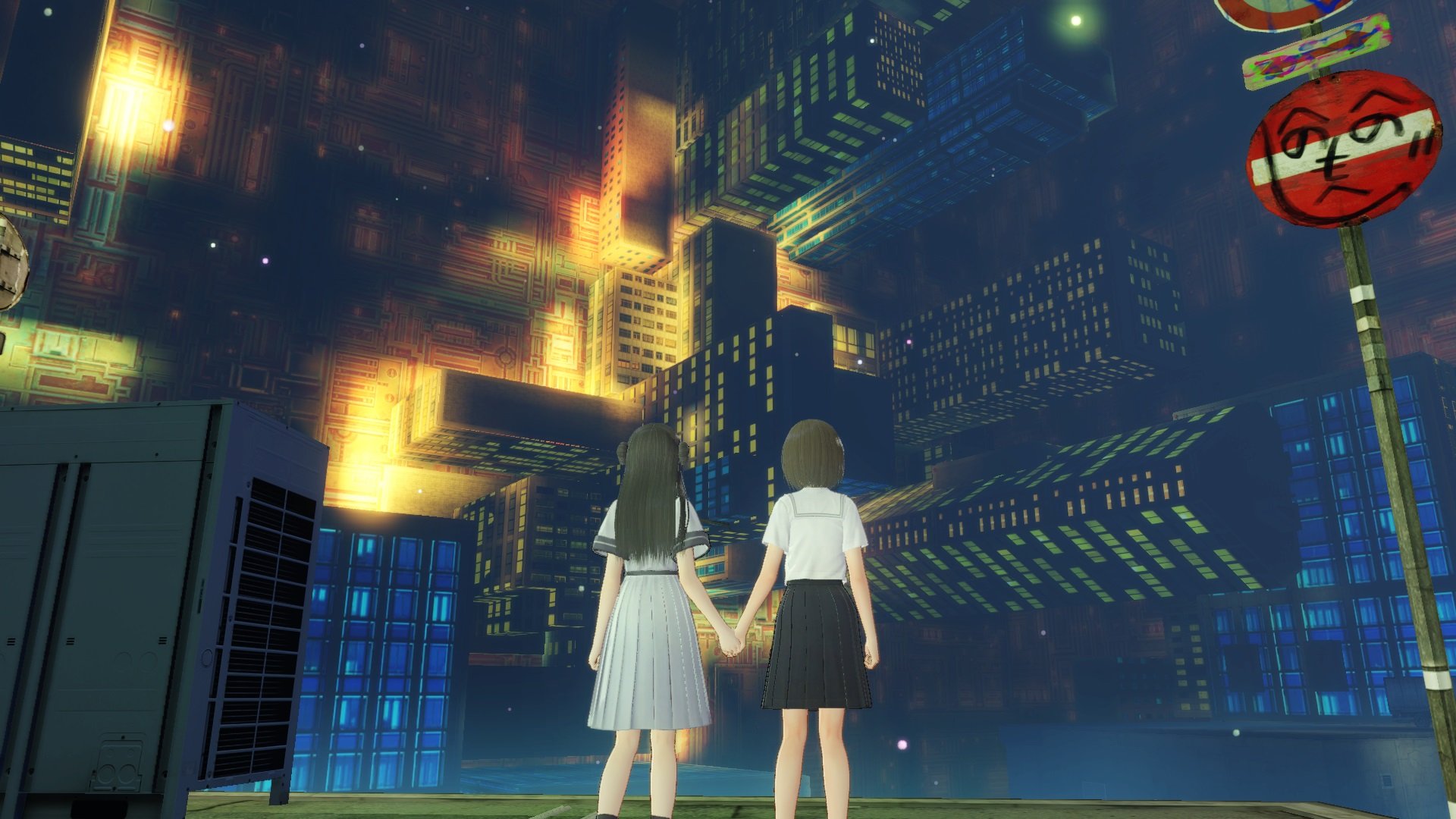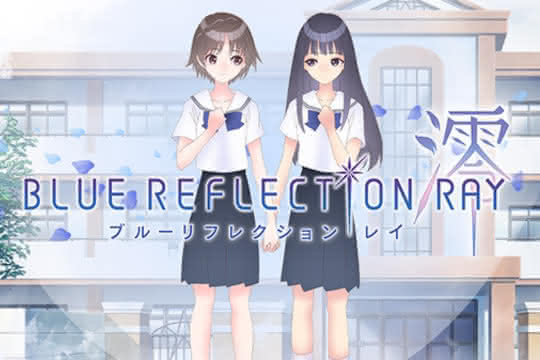

I liked how the anime expanded on some ideas introduced in the original Blue Reflection game. It’s possible to see hues of green and sometimes other colours in the water, but that’s due to sunlight bouncing off other particles or sediments within it.I just finished watching the anime Blue Reflection Ray and I'm left with more questions than answers. The shorter wavelength blue light is absorbed very little and much of it is reflected back to our eyes. Water molecules are good at absorbing longer wavelengths of light, so when sunlight hits the water the reds and oranges get absorbed.

It’s once again due to how different wavelengths of light interact with different substances. It’s not the sky that makes open water appear blue. But what makes the sea blue – is it reflecting the blue of the sky? So the Earth’s sky isn’t blue due to it reflecting the colour of the seas and oceans. Young, commander of the Apollo 16 lunar landing mission, leaps from the lunar surface as he salutes the United States flag at the Descartes landing site during the first Apollo 16 extravehicular activity (NASA) Why is the sea blue? As such, the blue light gets scattered in all directions and the longer wavelengths of light don’t get scattered much at all – providing a blue glow to the sky around the Sun in the hours around dawn and dusk.Īstronaut John W. However during a sunrise and sunset on Mars, the sunlight travels a longer distance through its atmosphere and it’s alike to the thickness of the atmosphere on Earth. This is because the larger dust particles absorb the short wavelength blue light, and scatter the remaining colours to give a butterscotch hue over the Martian sky. We might expect it to have a very faint blue-coloured sky, but due to the haze of dust that remains suspended in the air the daytime sky on Mars appears more yellow. The low density of air molecules means that the Rayleigh scattering that causes our skies to be blue on Earth has a very small effect on Mars. Mars’s atmosphere is much thinner than the Earth’s - less than one per cent.

Other planets don’t have an atmosphere exactly like ours, and so their skies would look different. Hence the Sun and skies look redder at dawn and dusk. Instead, we see the red and orange light that travels towards us since this light hasn’t been scattered very much. When the Sun is low in the sky, the light has to travel a longer distance through the Earth’s atmosphere so we don’t see the blue light because it gets scattered away. Small air molecules in the Earth’s atmosphere scatter the sunlight during the day to give us a blue coloured sky Why does the sky look red during sunrise and sunset?ĭuring sunrise or sunset, the sky appears to change colour. It’s because human eyes are actually more sensitive to detecting blue light, and more of the sunlight coming into the Earth’s atmosphere is blue rather than violet. In reality, violet light has a shorter wavelength compared to blue light and therefore it’s scattered more – so why is the sky blue and why isn’t the sky violet?
It’s redirected into many different directions all over the sky, whereas the other wavelengths aren’t scattered as much. This is because the light travels a shorter distance through the atmosphere to get to us it’s scattered very little, even the blue light.ĭuring the day the sky looks blue because it’s the blue light that gets scattered the most. The sky during the dayĪt noon, when the Sun is overhead it appears white. This type of scattering increases as the wavelength of light decreases, so blue light is scattered more than red light by the tiny air molecules in our atmosphere. The type of scattering that occurs is known as Rayleigh scattering named after Lord Rayleigh (John William Strutt) who discovered it. The size of these molecules is much smaller than the wavelengths of visible light. Sunlight can be redirected by the air molecules and this is known as 'scattering'. The Earth’s atmosphere is composed of lots of different air molecules. Violet and blue light have the shortest wavelengths and red light has the longest.įind more astronomy videos and resources How is light scattered? These different colours have different wavelengths, and this affects how they interact with different substances. This experiment demonstrates that white light is composed of all the colours of visible light in roughly the same amounts.


 0 kommentar(er)
0 kommentar(er)
